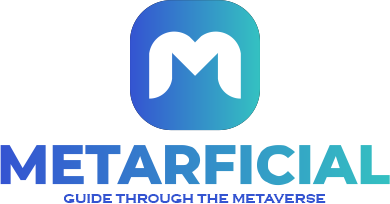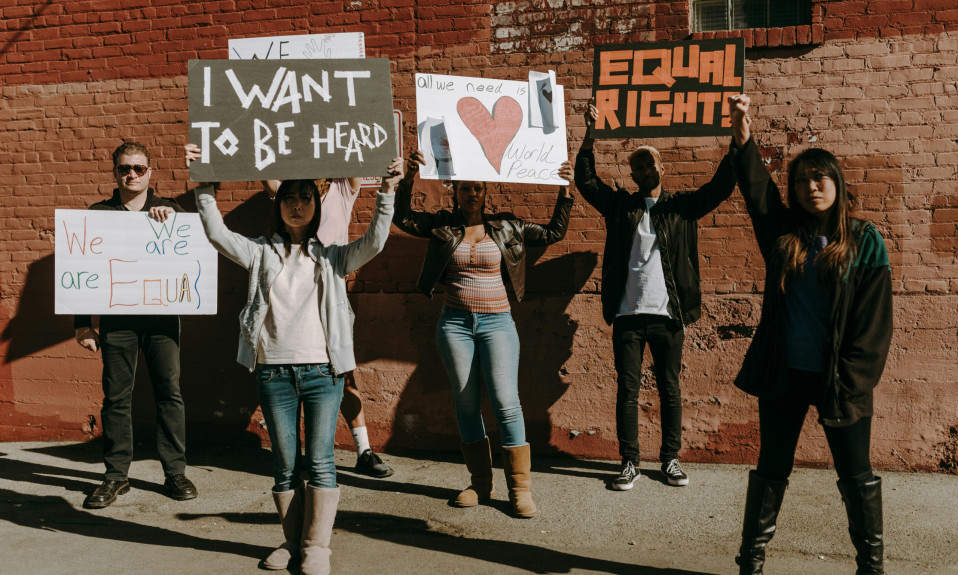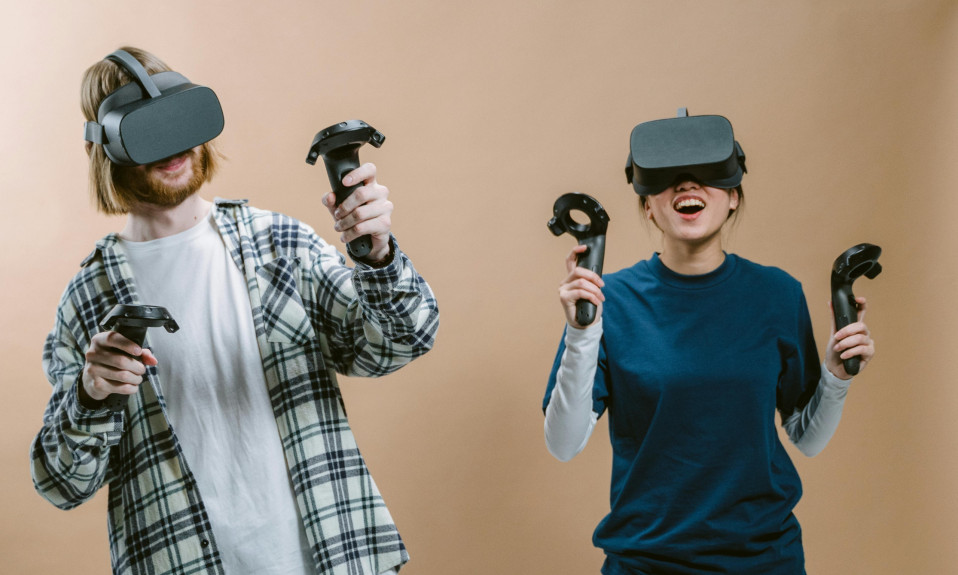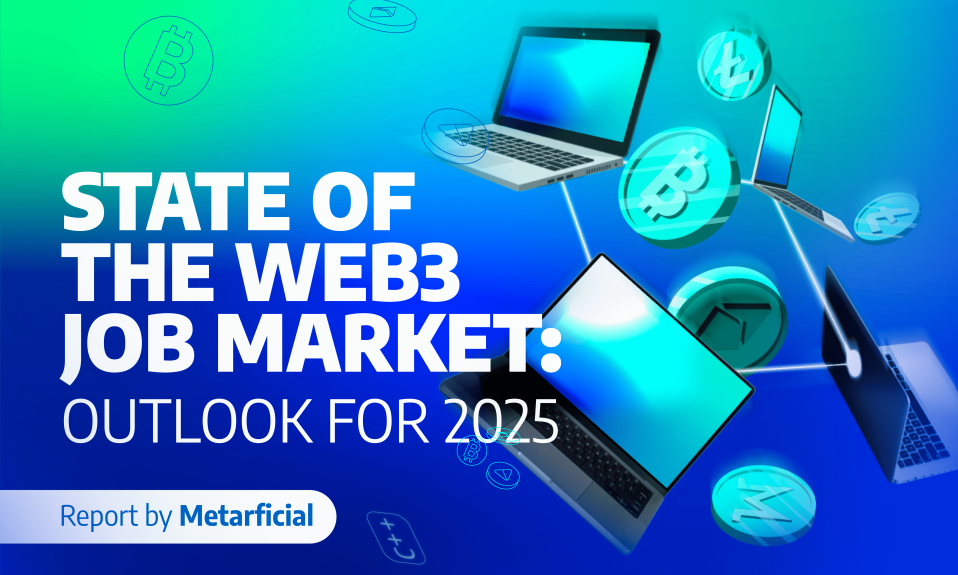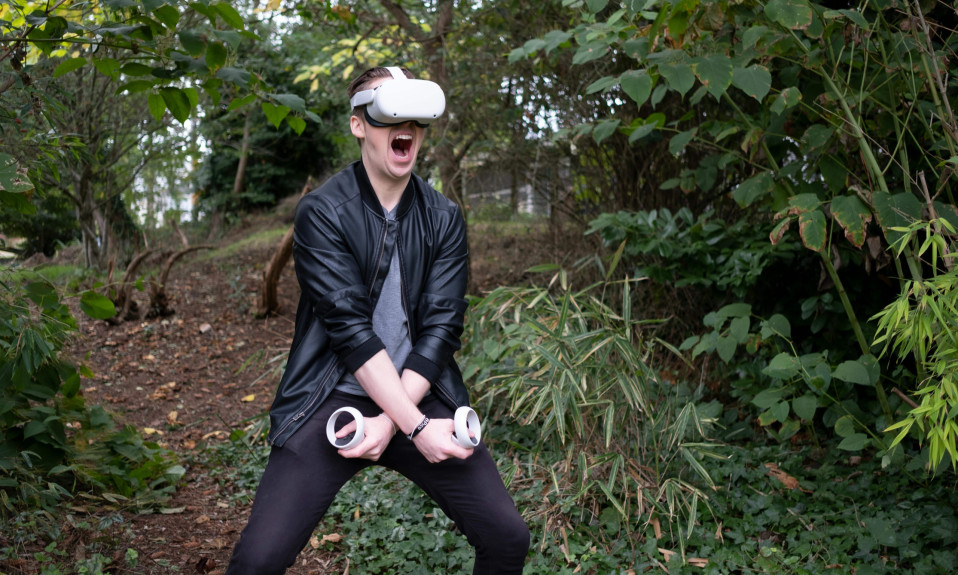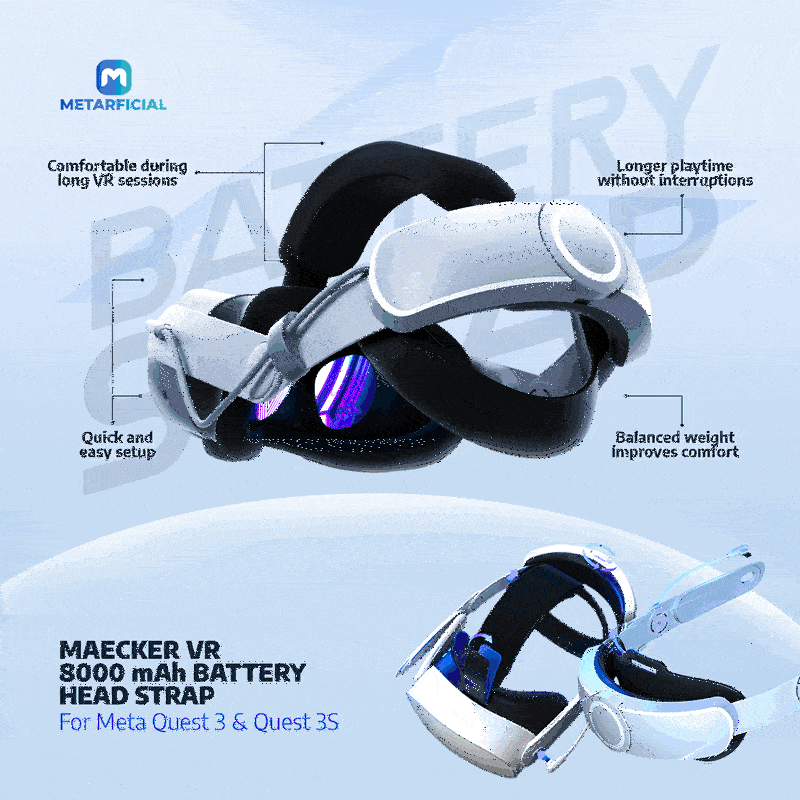User-generated content was the defining feature for the evolution of the internet from Web 1.0 to Web 2.0, signaling increased interactions with users and content on the web.
Internet users transitioned from passive consumers to co-creators of content, sharing ideas through blogs and collaborating on social media platforms.
Some proponents argue that the metaverse would run on Web 3.0, the next level of the internet said to be devoid of centralized authorities controlling how personal data is stored and managed.
However, the gaming industry and virtual reality platforms are a few steps ahead in the race to build a metaverse that would support user-generated content.
Games like Minecraft; VR platforms like Roblox and Decentraland have built ecosystems involving in-game tools and resources to allow users to develop experiences.
These experiences include games built by users, virtual music concerts, digital art galleries for NFTs, and much more.
In this article, the virtual reality platform Second Life is used as a case study to highlight ways to influence users to take part in co-creating the metaverse.
Without further ado, let’s get started.
Quick Navigation
Closed vs. Open Innovation Matrix for Building User-Generated Content in the Metaverse
Like web 2.0, proponents of the metaverse envision a virtual world built on user-generated content, creating a diversified portfolio of experiences for users.
There are two popular ways virtual reality platforms get designed; they get built to run either on an open or closed innovation matrix.
Platforms built using the open innovation matrix allow developers and end-users to create personalized experiences for themselves and others to explore.
Many advantages come with involving users in the early stages of innovation for virtual reality platforms.
Decentraland puts governing power in the hands of its users and does a decent job at implementing innovation and changes to its ecosystem based on users’ votes.
Most times, virtual reality platforms that do not support this feature for creating innovations are likely to be built using a closed innovation matrix.
The distinction between the open and closed innovation approach to building virtual reality platforms is that the former allows freedom and the latter doesn’t.
Another example of a virtual reality platform built using the open innovation approach is Roblox; its users are allowed to play built-in games and quests or create their games and experiences for others to partake.
On the other hand, the closed innovation matrix limits the ability and creativity of users in virtual reality platforms to objectives or predetermined tasks like multi-user online role-playing games.
The metaverse would not thrive without user-driven content; building it would require a collaborative effort from users to create content on the underlying framework built by corporations.
I do not want a discount, said no one ever! Upgrade your VR setup today with top-tier accessories—use code META20 for 20% off + free shipping on orders over $15. Level up your VR experience now ➡️ Shop & Save!
Four Ways to Influence User-Generated Content in the Metaverse
In a 2008 study on the virtual reality platform second life, Thomas Kohler identified two important reasons why users took part in creating experiences and content for virtual worlds.
One is the recognition from being close to a brand, and the other makes the creation process fun, appealing and entertaining.
Popular NFT marketplace, Opensea, bridged the gap between NFTs minted on the ethereum blockchain being interoperable on virtual reality platforms.
Avatars are minted on the ethereum blockchain on Opensea and used by owners to explore virtual reality platforms like sandbox.
On decentraland, NFTs minted on the Opensea get displayed and auctioned on virtual art galleries.
These are examples of how brands can play crucial roles in how users create experiences and navigate virtual reality.
Kohler further identified four dimensions affecting the design of compelling and engaging experiences co-creating in virtual worlds.
These four dimensions are:
- Desirability,
- Usability,
- Collaboration and Usefulness.
He argued that creating an environment to influence users in co-creating virtual worlds should eliminate the need to overcome obstacles and predetermined objectives but instead facilitate creativity.
“…leaving open the space for residents’ co-creation, the initiatives to motivate residents’ creativity and innovation, and the traditional closedness of the platform’s system development, all these form a complex network of innovative practices.” (1)
These are core concepts needed to be built into the metaverse ecosystem to achieve scalability and widespread adoption.
For users to take part in building the metaverse, the creation process shouldn’t seem like work.
It should get seen as a way to boost creativity, collaborate, and share ideas with other content creators who build experiences; that are useful and solve problems.
Blockchain-based game, Axie Infinity, built an ecosystem that allows players to breed NFT game monsters and battle each other to earn rewards.
I do not want a discount, said no one ever! Upgrade your VR setup today with top-tier accessories—use code META20 for 20% off + free shipping on orders over $15. Level up your VR experience now ➡️ Shop & Save!
What Innovation Matrix Is Ideal for User-generated Content in the Metaverse?
From the distinction we made earlier, one would assume that the open innovation matrix is the only style to adopt when building the metaverse.
However, a bit of both worlds would make the experiences more compelling for users as they get to choose between predetermined experiences and build out their own.
Virtual reality game, Minecraft, has amassed a large chunk of user base because players can create their own modified version of it and enjoy story mode.
It allows players to tap into the minds of other creators and share experiences like they would in the real world.
Minecraft’s source code is open to developers. They’ve created a unique ecosystem that supports top-notch gameplay mechanics and allows flexibility.
The metaverse would get built with an underlying framework that allows user-generated content to thrive alongside predetermined tasks for a wide range of possibilities.
Conclusion:
User-generated content is the bedrock of the metaverse as users would take part in the creation process and build experiences worthwhile.
Creating experiences in the metaverse should be fun and inspire a compelling feeling while leveraging world-class tools and resources.
It would serve as a source of motivation for others and lead to widespread adoption of co-creation and collaboration in the metaverse.
In the metaverse, pre-defined experiences should get designed as a bonus for users who prefer to tap into developers’ creative geniuses.
Combining the open and closed innovation matrices to build the metaverse would be the best bet and an ideal route for developers and user-generated content.
